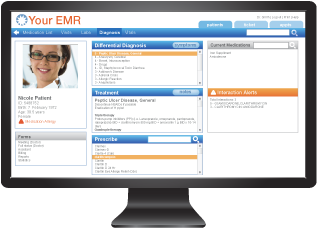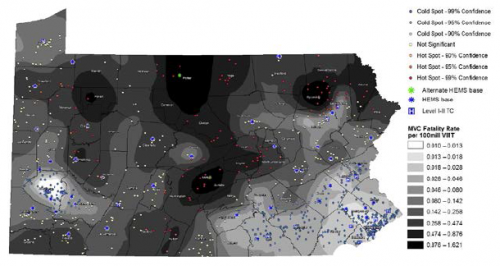There are generally three ways to share radiographic images with your upstream trauma center:
- Hard copy. These days, that usually means a CD. Nearly all PACS systems (picture archiving and communications systems) can write CDs that can accompany your patient. Advantage: super cheap. Possible downsides: the CD may be corrupted and not openable, the software on the disk cannot be installed or will not run at the receiving hospital, and finally it can just be forgotten in the rush to get the patient out of the ED.
- PACS system connections. These are software links that enable one hospital’s PACS software to communicate with another’s. They must be established in advance, and generally require some expertise from the hospitals’ IT departments. Images can be pushed from one system to another. Advantages: once set up, it is very inexpensive to maintain, and images can be viewed prior to patient arrival at the receiving hospital. Possible downside: Al-though the interchange format is standardized, every once in a while the systems just can’t communicate.
- Web-based image sharing system. This consists of a web server-based software application available via the internet that allows subscribing hospitals to sign on and share images. Referring hospitals can upload images from their PACS systems for free, and the receiving hospital can view the images and/or download into their own system. Advantage: these products are simple to set up, and easy to use after just a little training. Compatibility is very high, and the services are continually working to ensure it. Downside: expensive. Depending on specifics, the annual subscription may be up to $100K per year, and is generally footed by the receiving trauma center.
Is a web-based solution worth it? MetroHealth in Cleveland looked at this over five years ago, and published their results in 2015. They looked at their experience pre- and post-implementation and found the following:
- Three years of transfer data prior to the web system implementation was compared to one year of experience after
- CT imaging decreased at both referring and receiving hospitals across the study period
- Repeat scan rate decreased from 38% to 28%. Repeat head scans were the major driver at 21%.
- Cost of reimaging dropped from about $1000 per patient to $600
Bottom line: As a referring hospital, it is your responsibility to ensure that the (hopefully) few images you obtain make it to the upstream trauma center. Although hard copy (CD) is the cheapest, it is also the least reliable. Work with your radiology and IT departments to determine which electronic solution is best for you. Some states and regional trauma systems help subsidize or provide a web-based solution for their member hospitals.
Reference: Implementation of an image sharing system significantly reduced repeat computed tomographic imaging in a regional trauma system. J Trauma 80(1):51-56, 2016.



